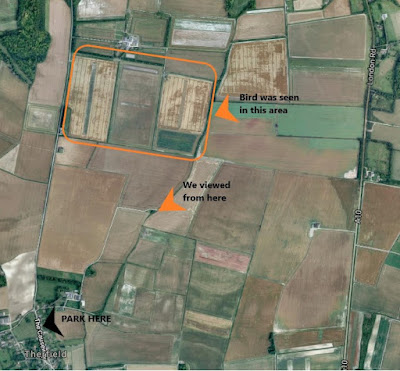North-Easterly winds were forecast along the Norfolk coast today and we were parked up at Cley beach for a Seawatch by 7.30am. Missing a White-billed Diver before we arrived wasn't the best of starts, but a two-hour session produced a Pom Skua and Glauc Gull flying close along the beach right in front of us, a few Little Auks, two Velvet Scoter among large rafts of Common Scoter fifty-plus Eider and single Great Skua, Long-tailed Duck and Arctic Tern.
A short drive from Cley beach is Salthouse and after parking up alongside the duck pond we walked along Meadow Lane and connected with the probable Stejneger's Stonechat immediately. Having heard that a sample of the bird's droppings had been collected, We are now hoping the subsequent DNA tests will confirm it as a genuine Stejneger's.
ps: The DNA sample did indeed confirm that it was a Stejneger's Stonechat.
ps: The DNA sample did indeed confirm that it was a Stejneger's Stonechat.
Confirmation on twitter on 17th November
Genetic analysis of Salthouse 'Eastern' Stonechat poo confirms it was stejnegeri, as suspected.  |
| Stejneger's Stonechat? |
We finished the trip at Brancaster Staithe with a bite to eat while watching several species of wader feeding among the exposed mud. Black-tailed and Bar-tailed Godwits, Grey and Ringed Plovers, Curlew and Redshank among them.
 |
| Black-tailed Godwit |
 |
| Curlew |
















































